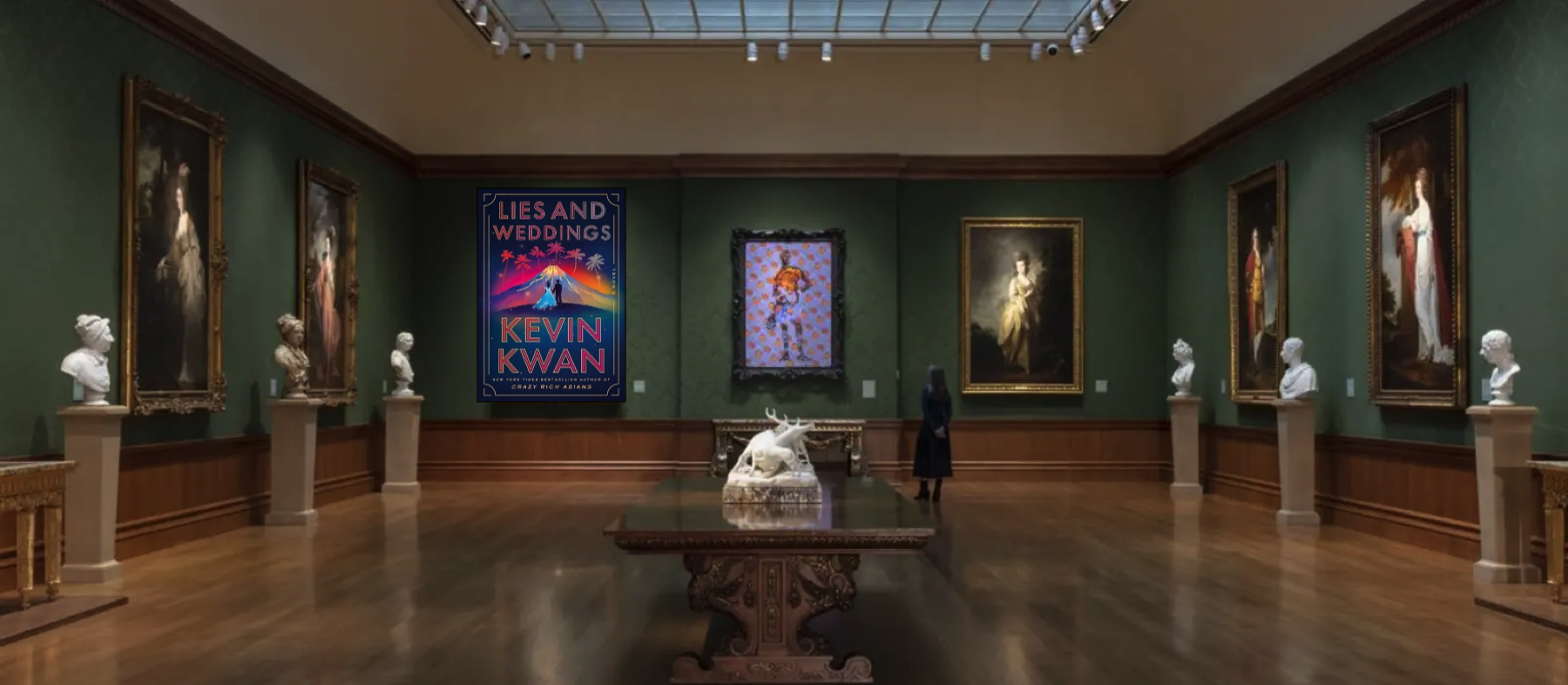
My childhood house on Palm Street had a fire escape. It was located on the second floor by the fireplace in the den next to my parents’ bedroom. My dad warned me many times not to try it out. Now, it stands in mute testimony to the Eaton Fire, which tore through the community on January 7th.

Back in the 1960s, ten-year-old kids were free to walk on their own. In the summer, the Tyson twins walked with me east on Palm Street past Highview, where an old, abandoned Victorian mansion built in 1900 stood. We were sure it was haunted. Since then, the house was renovated into a beautiful home. We would continue our walk to Marengo and go up the hill one mile north to Farnsworth Park to play tennis. On the way, we passed by two church friend’s houses, the Currers and the Lairds.
Farnsworth was where I played Little League. My father coached with Mr. Milton, whose son, Jimmy, was the star pitcher. You would not think much of this sentence except for one detail that sums up what Altadena was at the time. Mr. Milton and his son were black. My father and I were white. At the height of the struggle for civil rights, as images of blacks being beaten in the South were regularly shown on TV news, my schoolmates and I lived a very different American dream where blacks, whites, Hispanics, and Asians went to school together.
A Legacy of Diversity
An article in the Pasadena Star News noted that Altadena was one of the few places where African Americans could buy houses in the 1960s. For many still living there, their houses represent generational wealth now at risk.
Altadena was also the neighborhood of a large number of Japanese American kids whose parents were survivors of the Japanese Internment Camps of World War II. As a cheerleader in the Class of ’72 at John Muir, we had two crowd-favorite routines, “We got it, Soul!” and “Banzai! Muir High!” I doubt any other school in the country had such a diversity of cheers.
Walking to Edison Elementary School
In first grade, I would walk west from my house to the sidewalk crossing at Palm and Fair Oaks. We would sneak up on the crossing guard to scare him. He good naturally went along with our antics as we continued a couple of blocks to Edison Elementary School.
When I was older, I rode my bike to school, and the crossing guard ensured the traffic was clear before I crossed. In my second-grade school picture, I am in the front row, with my black dress shoes scuffed at the toes because it was easier to use them to stop than to push down on the pedals. I think my mom missed the note that it was school picture day.
When I was in 6th Grade, Anthony and a couple of his friends from across the street would come to my house to practice with our soul group right next to the fireplace in the living room. We called ourselves the Commanders. We even made business cards and once played for a local politician’s campaign party at Farnsworth Park who was running for office. I played the piano while the rest of the band played bass, drums, and guitar. Our music of choice was soul. Later, I had another group of Eliot Jr. High friends who made our living room the main practice space. We called ourselves the Living Cymbal. We featured the music of Chicago and the Tijuana Brass.
Eliot and the Martin Luther King Jr. Assassination
Eliot Jr. High on Lake Street was the only school where I was considered an athlete, as I lettered in four sports. Once, when we had a handball game at Wilson Jr. High in the affluent area of Pasadena called Chapman Woods, we were greeted with signs on water fountains that said “Whites Only.” While the northwest side of Pasadena and Altadena was racially integrated, the rest of the city was unsettled over the debate about school busing and often when visiting schools in the area we were seen as the ones from the wrong side of the tracks.
When I was in High School, Arcadia High School hosted our school for a football game. They fenced off the visiting side of the stands to ensure we didn’t mix with them, so we could only use the newly installed porta-potties next to the visiting team’s stands. Our drum squad played unusually loud during the whole game. I am sure the entire neighborhood knew John Muir had arrived.
My most memorable experience in Jr. High was on the day after Martin Luther King Jr. was assassinated in 1968 when someone triggered the school fire alarm and fired off fireworks in the hallway. I was on the playground. When we saw smoke, my friends and I hopped over the fence and walked about two miles back home.
Now, that two-mile stretch is at the heart of the burned-out section of Altadena, which stretches north from Eliot on Lake Street past Farnsworth up to the mountains and from Eaton Canyon in the east past Edison Elementary in the west.
The fire destroyed 150 homes just along Palm Street.
When one house burns down, it’s a tragedy. When a whole community burns down, it’s a disaster that destroys an entire social system. The houses that were destroyed were a combination of California Bungalows, 1940s track homes, 1900s Victorian Mansions, and American Craftsman homes, with their signature covered front porches, overhanging eaves, and exposed rafters and beams. These homes took generations to build and maintain. Now they are gone, with burned-out chimneys the only evidence of where family rooms once stood.




When one house burns down, it’s a tragedy. When a whole community burns down, it’s a disaster that destroys an entire social system.
Although Altadena will be rebuilt, the tapestry of homes and buildings that took over a hundred years to build will be impossible to duplicate. So, as we pray for and support Altadena and the surrounding areas, be mindful of what has been lost. It’s not just brick and mortar but a way of life that will be hard to duplicate.
As insurance agents, developers, and politicians swoop down to remake Altadena in their own images, those whose blood, sweat, and passion built this community will be greatly challenged. As outside forces try to instill their own version of utopia, the people who lost their homes and those who once lived there will need to claim the legacy of what makes Altadena a unique community that is a beacon of hope to many.
______________________
Craig Kennet Miller is the founder of Apricot Stories and the author of “Memories For My Loved Ones” and “Boomer Spirituality.” His parents moved from Palm Street in 1978. The current homeowner is safe. Miller graduated from John Muir High School in the class of 1972. Donate directly to students and staff at John Muir High School HERE.













